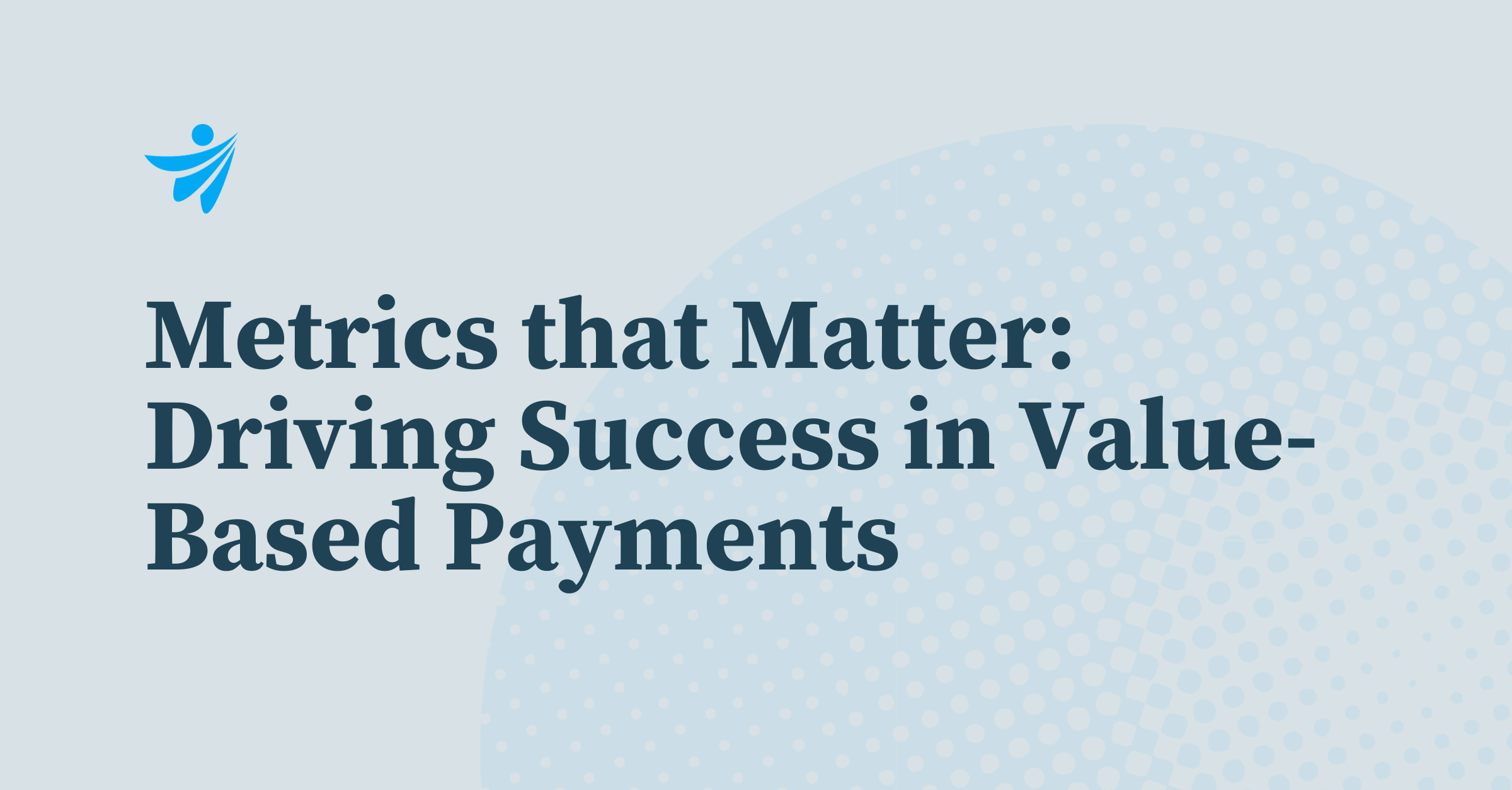
Quality
Oct 25, 2023
Value-Based Care | December 7, 2022
Stephanie Finch is the Executive Director of Transformation and Performance at Clarify Health. She has many years of experience in value-based payment models, healthcare policy, contract negotiations and healthcare analytics. In this video, Stephanie discusses why shifting from fee-for-service to value-based care has been a challenging process and provides key considerations for health plans that make the transition more manageable. Video transcript: Shifting from fee for service to value has been a popular topic over the last 15-plus years, but progress has been slow. There is fundamental agreement that value can deliver better cost and quality outcomes than transactional fee-for-service reimbursement. So why the hesitation? Shifting to a new payment mechanism can feel monumental. Consider training for a marathon also can feel monumental, but when a good runner breaks down their training into incremental miles and enlists the support of others, it’s possible to achieve that major milestone. Similarly, take that approach with the transition to value transformation. I am Stephanie Finch. I am passionate about optimizing the success of value-based contracts. I carry that passion in my role as executive director of transformation and performance at Clarify Health. Prior to Clarify, I worked for and consulted with health plans to develop value-based strategies, implement value-based contracts, and stitch together disparate data sources to deliver insights to my value-based provider partners. Over the next five minutes, I will take you through a few key considerations that can make these transition and transformation from fee-for-service to value, much more manageable, possible and rewarding. First, establish a set of key goals and objectives. Have this done at the leadership level, their involvement, their buy-in, and led by an executive champion. To ensure there’s understanding of the importance and the foundation of this being a new way of doing business, select a few key provider partners as well in which you can solicit their candid feedback on the design of the model to ensure the lead buy-in across the network and constantly evaluate the SEC performance against those strategic goals and objectives to ensure that the execution aligns with the initial strategy. Second, proactively communicate to stakeholders. This includes provider partners, letting them know that this is the new payment mechanism. There is no, no alternative, but also to employer groups and brokers, Employer groups and their employees will benefit from the incentives for controlled costs and improved quality of care. Brokers can be an ally as you roll out this new model. Bring them into the conversation early so that they understand this new payment mechanism. Third, encourage adoption. Not all providers are ready for risk. Consider implementing a few models so that you can create a glide path to risk for those for providers depending on where they are on their level of maturity. This might include incentives. Um, it also might include creating an entirely new payment mechanism, but then setting a budget neutral initially and over time, ramping the level of risk and accountability they have for cost and quality outcomes. Use baseline information to help these providers understand their current performance, their opportunities related against those new, their opportunities against the framework of the new models and the actions that they can take to realize those opportunities. Providers will have more trust and confidence in this value model when you can share with them that data-driven strategy. Fourth, continue to make this model more appealing. You can do so by delivering insights early and often during the performance period. Help providers understand how they’re doing against the contract terms. Show them those levers and next best actions that they can take to actually drive better outcomes against those contract terms and consider increasing the level of resources, um, the provider engagement staff and support that these providers get, um, based on the level of risk that they’re willing to take. Essentially, give these providers the tools to be successful. Their success is your success, which is the success of your members and their patients. Shifting to value can definitely feel monumental, but by breaking down the strategy into a few key considerations and components, it is possible and very rewarding and valuable to make this transformation. There are a number of health plans that have been successful in doing so. Rely on them. Have them share their best practices, their obstacles so you don’t run into the same ones, as well as those tools and resources that they found valuable when they were migrating from the fee-for-service payment mechanism into a value strategy.